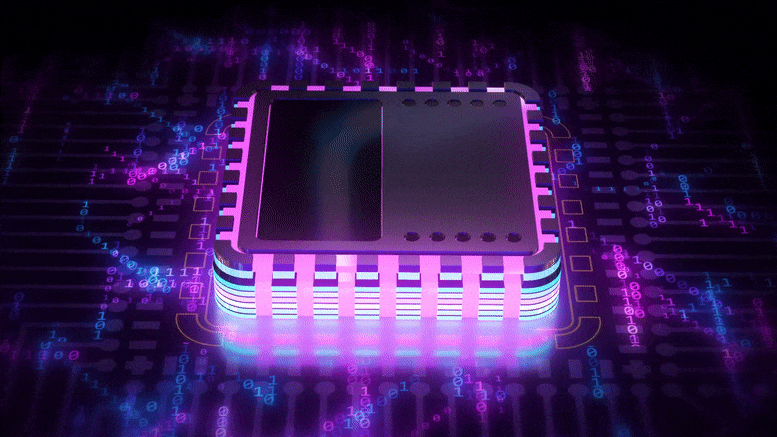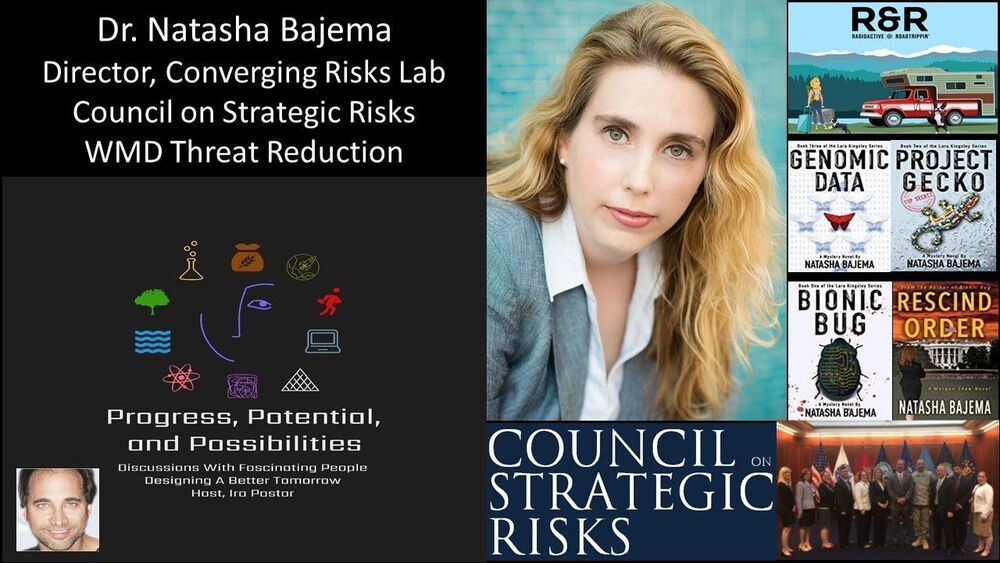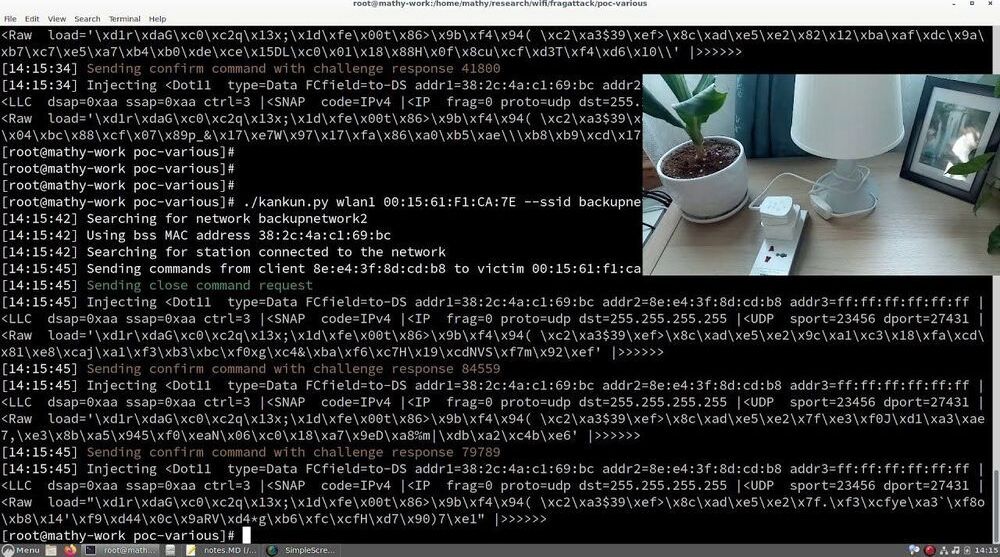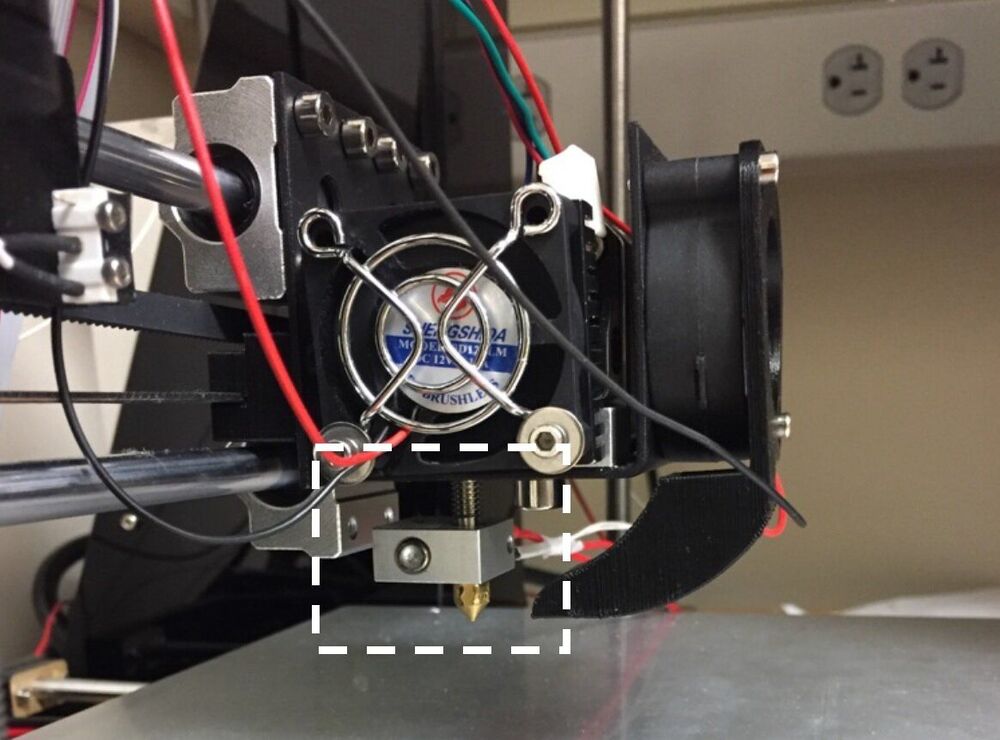Warning that the homeland is facing threats that have evolved significantly and become increasingly complex and volatile in 2021, the Department of Homeland Security issued a new National Terrorism Advisory System (NTAS) Bulletin.
Category: security – Page 76
Harnessing the Hum of Fluorescent Lights for More Efficient Computing
The property that makes fluorescent lights buzz could power a new generation of more efficient computing devices that store data with magnetic fields, rather than electricity.
A team led by University of Michigan researchers has developed a material that’s at least twice as “magnetostrictive” and far less costly than other materials in its class. In addition to computing, it could also lead to better magnetic sensors for medical and security devices.
Nuclear Nonproliferation, Cooperative Threat Reduction and WMD Terrorism — Dr. Natasha Bajema, Director, Converging Risks Lab, The Council on Strategic Risks.
Dr. Natasha Bajema, is a subject matter expert in nuclear nonproliferation, cooperative threat reduction and WMD terrorism, and currently serves as Director of the Converging Risks Lab, at The Council on Strategic Risks, a nonprofit, non-partisan security policy institute devoted to anticipating, analyzing and addressing core systemic risks to security in the 21st century, with special examination of the ways in which these risks intersect and exacerbate one another.
The Converging Risks Lab (CRL) is a research and policy development-oriented program designed to study converging, cross-sectoral risks in a rapidly-changing world, which brings together experts from multiple sectors of the security community, to ask forward-thinking questions about these converging risks, and to develop anticipatory solutions.
They’ve been dubbed “FragAttacks”.
The researcher, Mathy Vanhoef, calls the collection of vulnerabilities “FragAttacks,” with the name being a mashup of “fragmentation” and “aggregation.” He also says the vulnerabilities could be exploited by hackers, allowing them to intercept sensitive data, or show users fake websites, even if they’re using Wi-Fi networks secured with WPA2 or even WPA3. They could also theoretically exploit other devices on your home network.
There are twelve different attack vectors that fall under the classification, which all work in different ways. One exploits routers accepting plaintext during handshakes, one exploits routers caching data in certain types of networks, etc. If you want to read all the technical details on how exactly they work, you can check out Vanhoef’s website.
It will serve as a backbone network for the China Environment for Network Innovations (CENI), a national research facility connecting the largest cities in China, to verify its performance and the security of future network communications technology before commercial use.
Experimental network connects 40 leading universities to prepare for an AI-driven society five to 10 years down the track.
After nearly five years in space, a NASA spacecraft is nearing the end of its historic mission, beginning its journey home to Earth with a plethora of asteroid samples.
NASA’s Origins, Spectral Interpretation, Resource Identification, Security, Regolith Explorer (OSIRIS-REx) spacecraft began its journey back to Earth on Monday — a trip that’s expected to take around two-and-a-half years. It’s returning from the near-Earth asteroid Bennu, and it marks NASA’s first-ever asteroid sample return mission.
The spacecraft is only about 200 million miles away, but it will have to circle the sun twice to catch up to Earth — making the journey a total of 1.4 billion miles.
The findings could lead to faster, more secure memory storage, in the form of antiferromagnetic bits.
When you save an image to your smartphone, those data are written onto tiny transistors that are electrically switched on or off in a pattern of “bits” to represent and encode that image. Most transistors today are made from silicon, an element that scientists have managed to switch at ever-smaller scales, enabling billions of bits, and therefore large libraries of images and other files, to be packed onto a single memory chip.
But growing demand for data, and the means to store them, is driving scientists to search beyond silicon for materials that can push memory devices to higher densities, speeds, and security.
3D printing is transforming everything from fashion and health care to transportation and toys. But this rapidly evolving technology, also known as additive manufacturing, can threaten national security and intellectual property rights.
To reduce illicit use of 3D printers, Zhanpeng Jin, Ph.D., associate professor in the Department of Computer Science and Engineering at the University at Buffalo, is developing a way to track the origin of 3D-printed items.
His concern was that, as long as people have the digital design for an item, which can be downloaded from the internet, sometimes as open-source material, people can print out anything they want, which can range from computer parts and toys to fully functional handguns and assault rifles.
In this episode of “Intelligence Matters,” National Security Commission on Artificial Intelligence Chair and Former CEO of Google Eric Schmidt joins Michael Morell to discuss the importance of investing in artificial intelligence as a national security priority. Schmidt believes China is likely to catch up to the U.S. in a few years in its artificial intelligence capabilities. He outlines how intelligence and national defense can benefit from superiority in these technologies and the benefits of holding A.I. to American values.
HIGHLIGHTS
China is catching up to the U.S. in A.I. capabilities: “Where we are today with A.I. is that we judge America still ahead, but China investing very heavily and likely to catch up very soon. We don’t say what soon is, but my personal opinion, it is a few years, not five years.”
Google patches two security vulnerabilities in Chrome for Windows, Mac, and Linux, both of which it says are under active exploitation.









